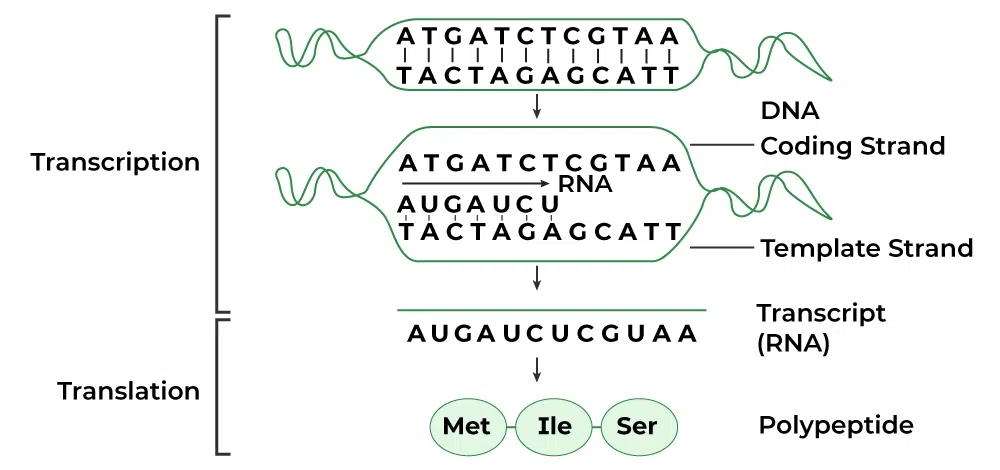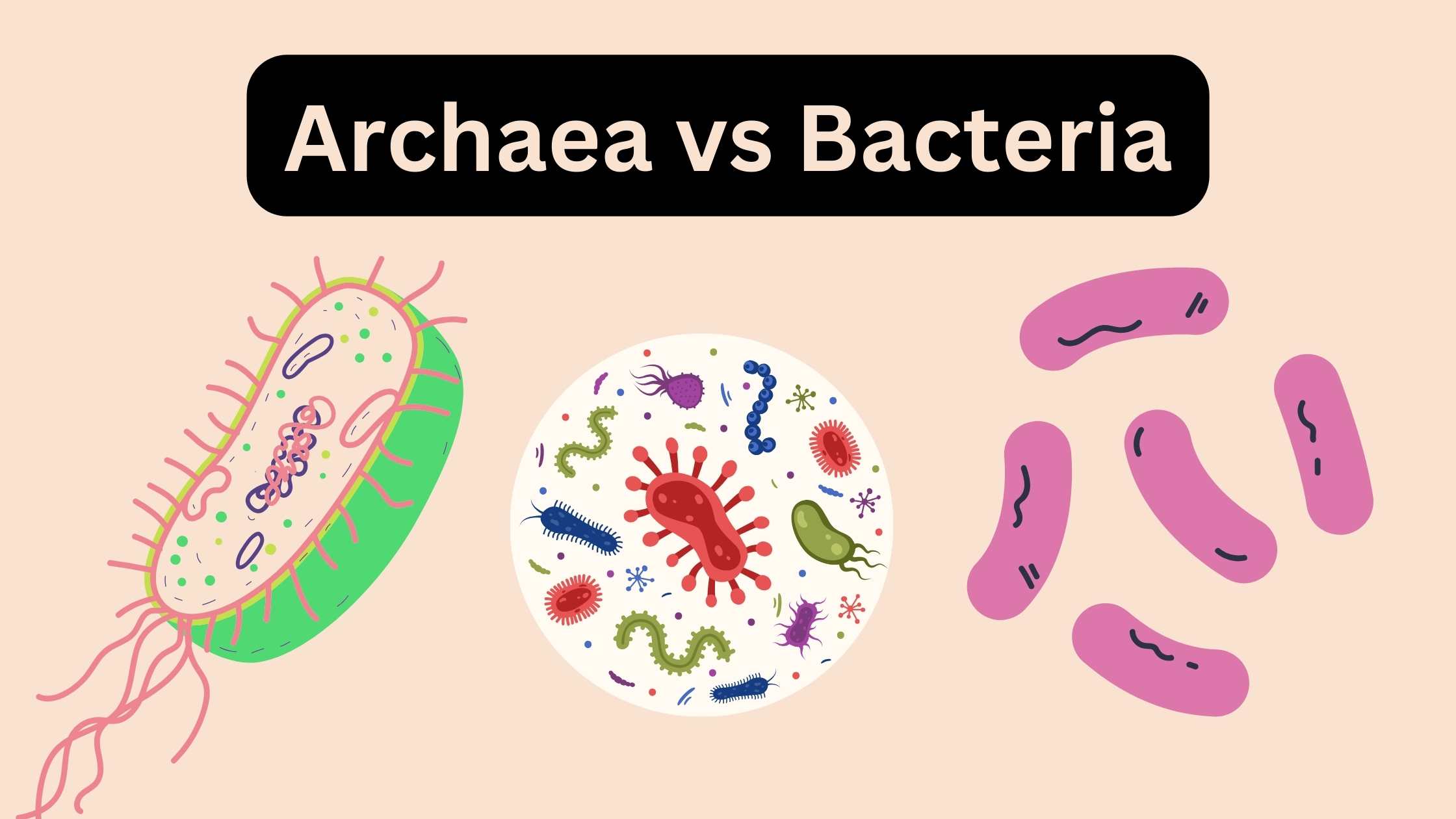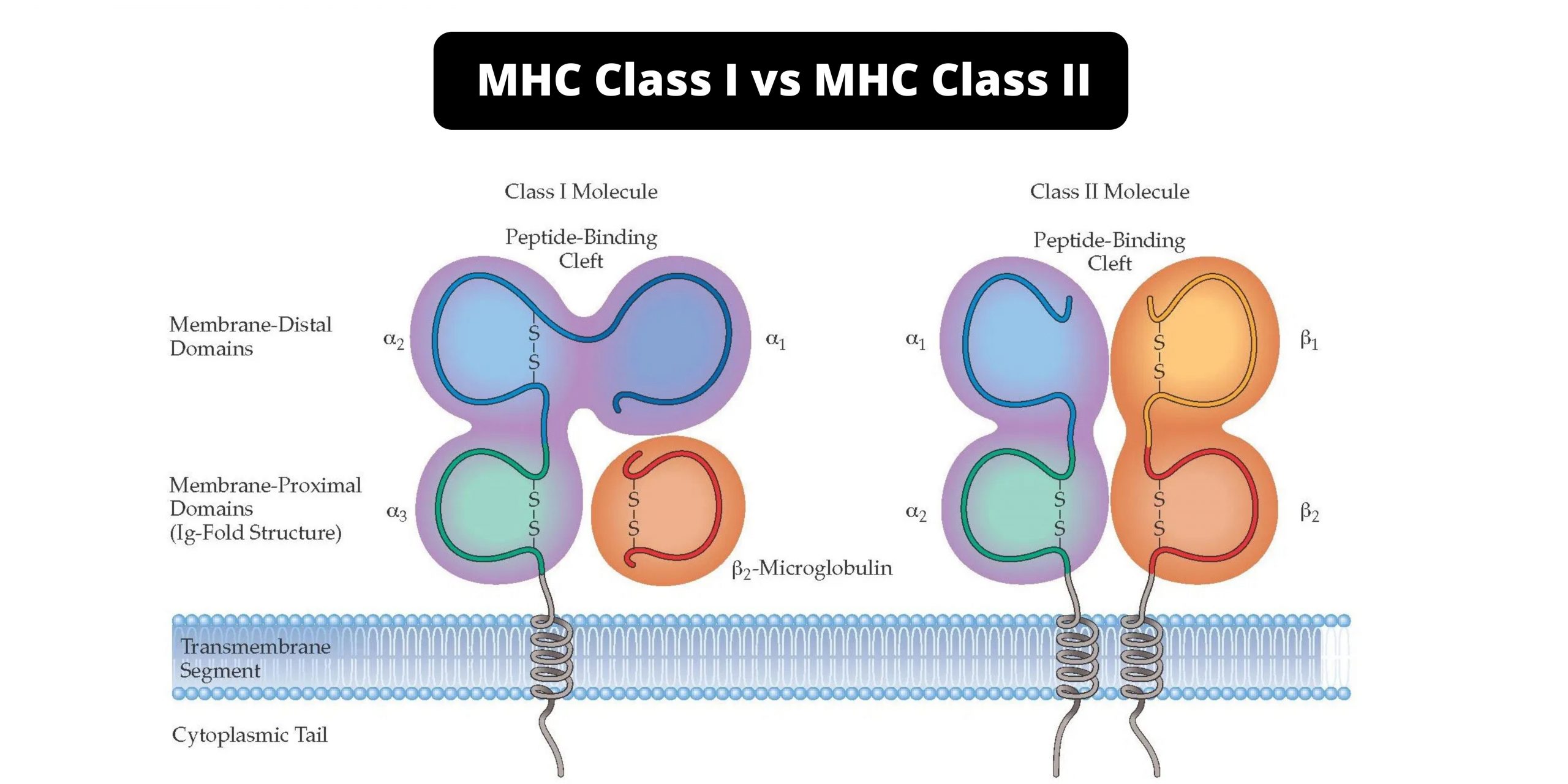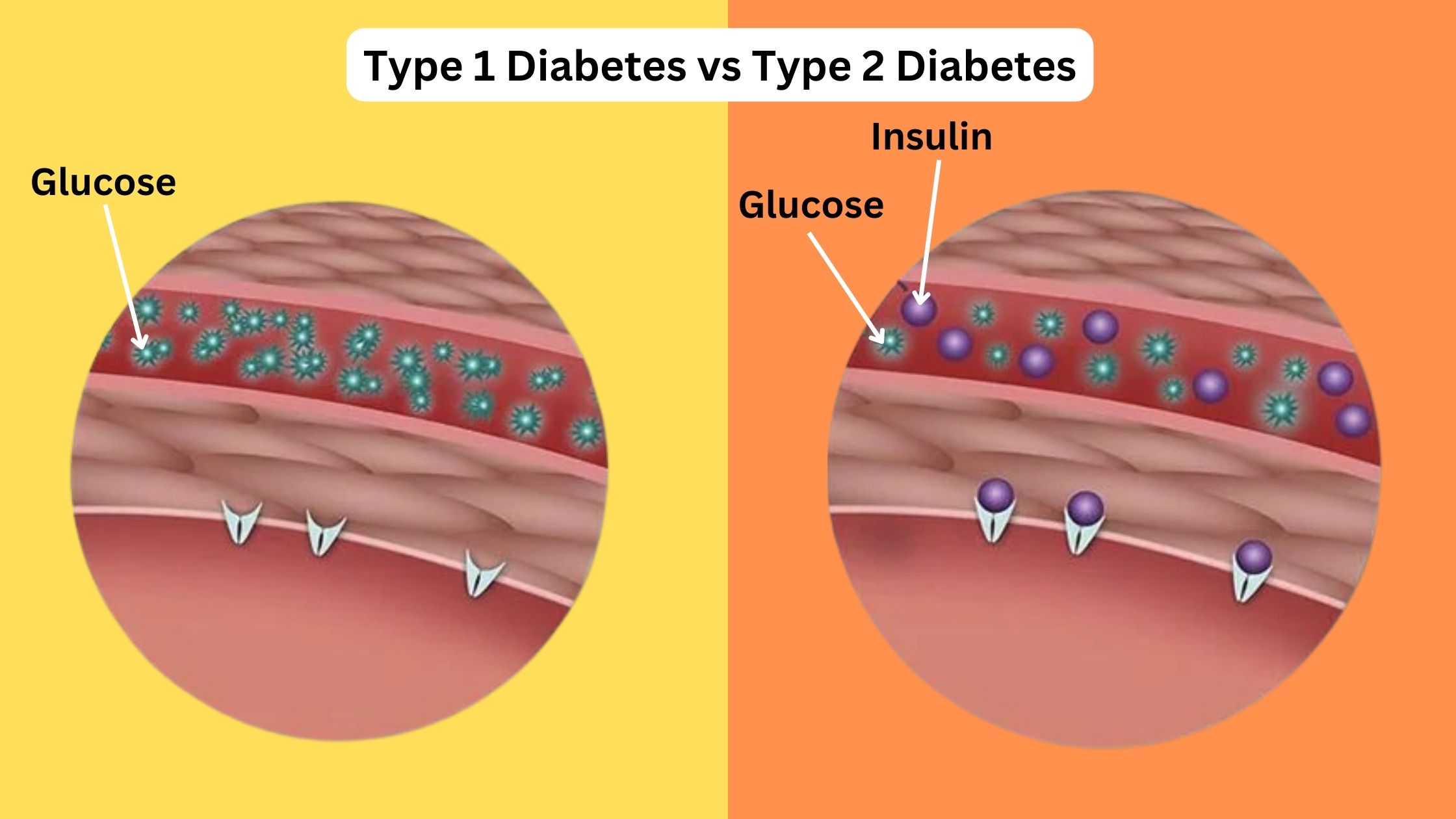Spectrometer vs Spectrophotometer
What is a Spectrometer? Types of Spectrometers Spectrometers, pivotal instruments in the realm of scientific research, are designed to detect and analyze various properties of substances. These devices are categorized based on their specific functionalities and the type of measurements they are engineered to perform. Herein, we delve into the primary types of spectrometers and … Read more









